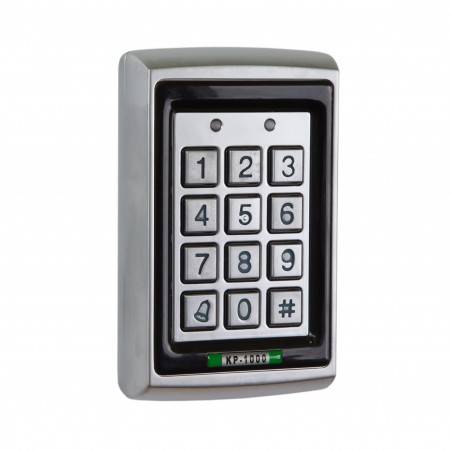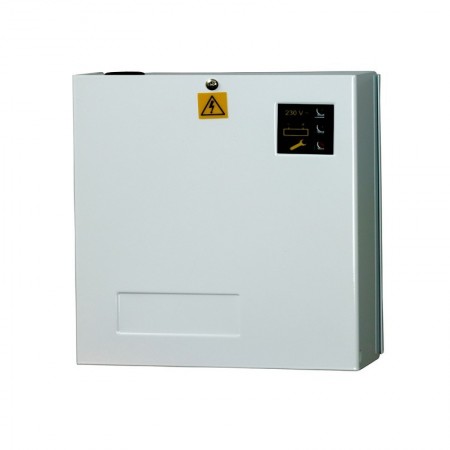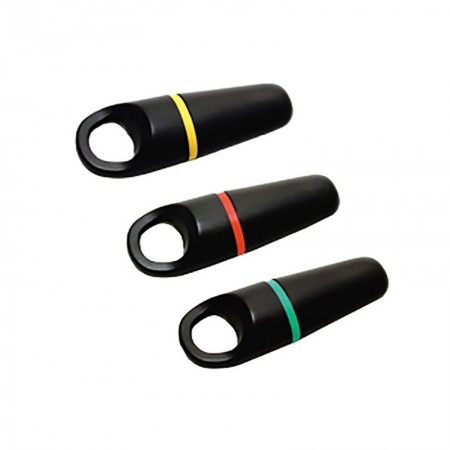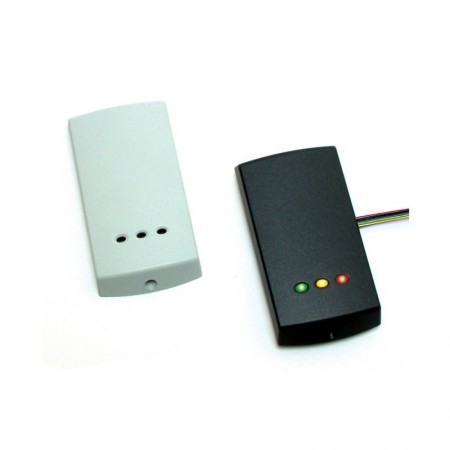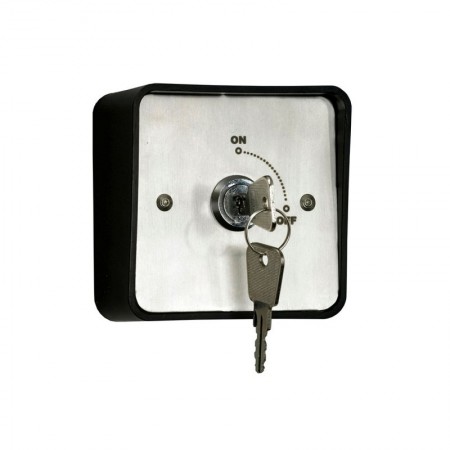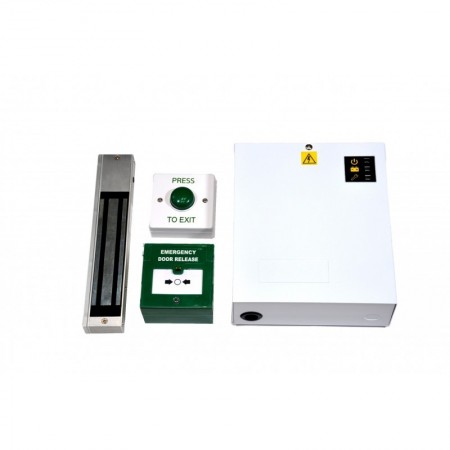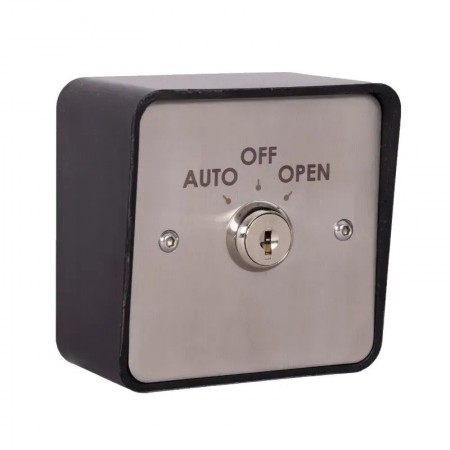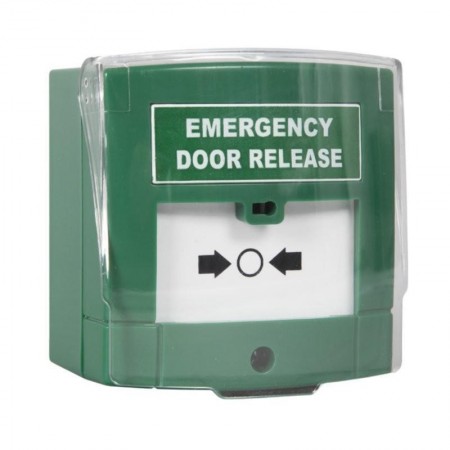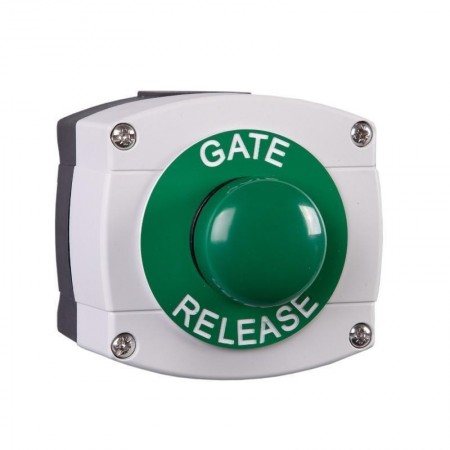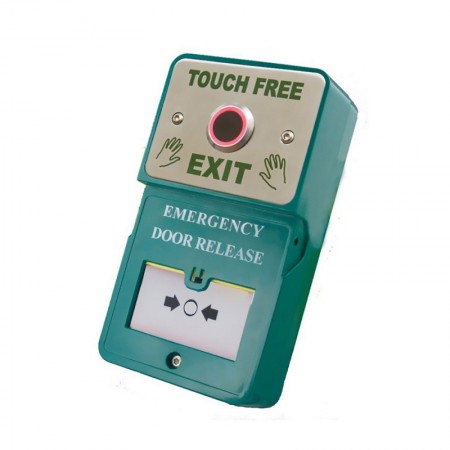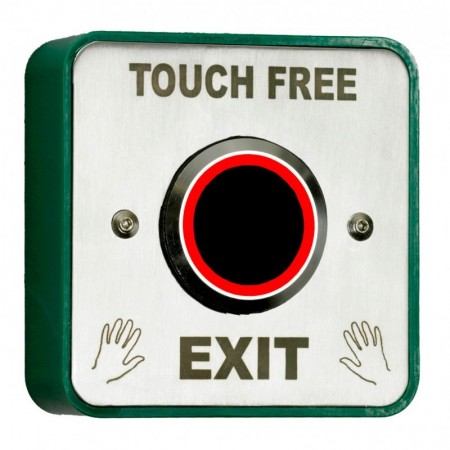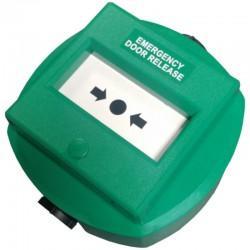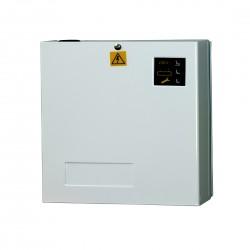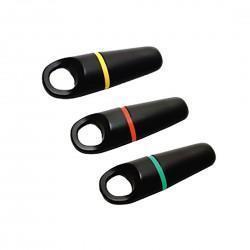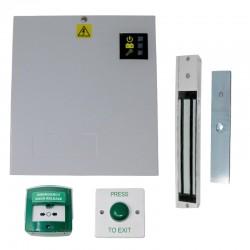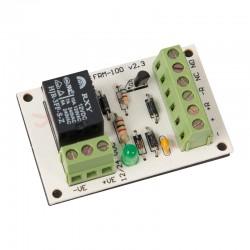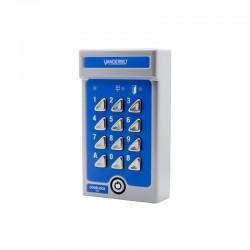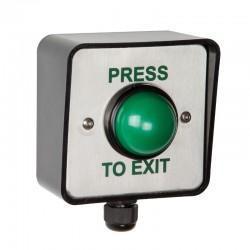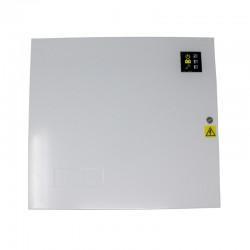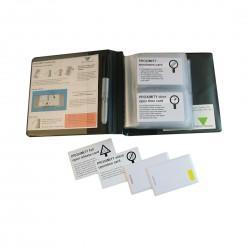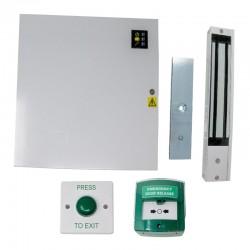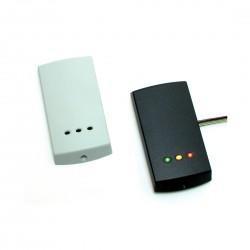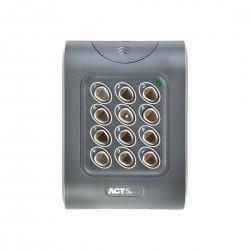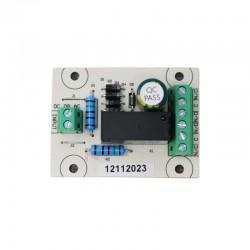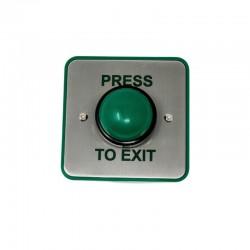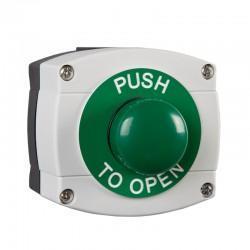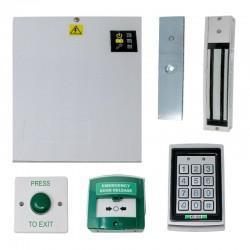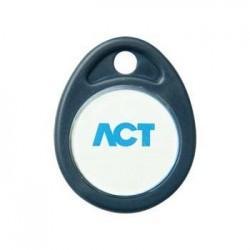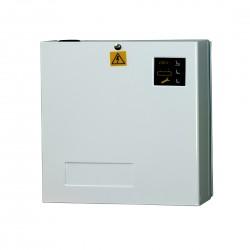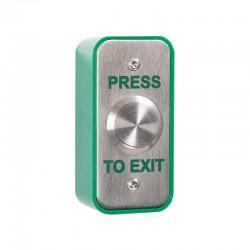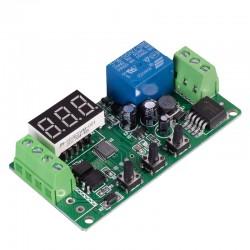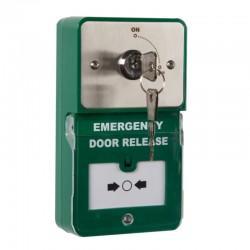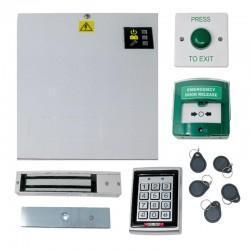Access Control
Access Control Systems for Secure and Reliable Entry
Door access control restricts who can enter an area, room, or building or who can use a particular resource. Basic access control comes in the form of mechanical digital locks which can be found in the Locks and Security section of our website. When looking for a more comprehensive access control solution for preventing unauthorised access, products such as electronic keypads and proximity readers, are the ideal choice.
Once a system is installed access is granted by the use of credentials – cards/fobs – which can be managed by online or offline software depending on the system. As can things someone knows to gain access, like a PIN code. Our brands include ACT, Vanderbilt (Bewator) and Paxton.
There are different elements that make up access control systems, different types of access control, and various factors that need to be considered when making a decision on what products will be required:
- What is the function of the room/building? Requirements for care homes, hospitals, schools, and offices can all differ. A server room may require different products than a restricted access corridor would need.
- Are there multiple doors that will be running off the same power supply units*? And how far apart are they?
- How heavy or light is the traffic through this area?
- Is it a fire door or an escape door?
- How will power get to the door and what Voltage is required? Is battery backup needed?
- What kind of entry mechanism is required?
- How will someone safely and securely exit? Will an exit button be required?
- Where can a break glass (if required) be situated?
- What kind of electric locking mechanism is required?
- Is there any software involved?
- Are aesthetics important? Is a high level of security required?
*It is recommended that you use one power supply per door although it is possible to run power to multiple doors; providing that the distance between them isn’t too great and that the supply has enough Amps for all products. Want to know more about PSUs? Read our guide on power supply units for more details.
Access Controls Keypads
Keypads are a very common product in access control systems. They range from light duty to heavy duty and many are IP rated so suitable for external use (rain covers or surrounds may be required if they are in an area where they are exposed to the elements). Keypad door locks are good for areas where a low level of security is required. They are a basic and convenient product to use for door entry and a cost effective solution for standalone doors.
The codes on keypads can be changed either by moving jumpers within the unit or by electronic programming - depending on the model. Keypads with jumpers are limited to up to two codes, whereas the electronic keypads can accommodate up to 500 user codes. Read our product spotlight on door keypad locks to discover more about the different types, IP ratings, and more.
Proximity & Pin Keypads and Proximity Readers
Some keypads can also incorporate a proximity reader so entry can be made by either presenting a fob, a card or pin entry. Sometimes keypads can require both a pin entry and a fob for an added layer of security. There are also units that use the keypad in order to programme the token on the door such as the KPX2000 and ACT5E Prox. These types of keypads utilise RFID (Radio Frequency Identification) Technology.
Fobs, cards, and tokens contain electronically stored data that is read by a reader if these credentials are presented within a certain distance of it. These tags operate on a radio length of between 120 and 150kHz and are programmed to the reader which has a similar radio wavelength. The tag can switch between a lower and higher relative load and this produces a slight change that the reader can detect and identify. The keypad then communicates with the lock that it recognises this and releases the door. Weigand Readers like the RD-26 also work in this way.
Access Control Kits
Access control kits are complete access control solutions for doors. Our access control kits have been put together to make it easier for you to find a ready-made solution for your facility. With some kits, you may require an additional keypad or proximity reader or perhaps an exit button. It depends on what you want for the door you're upgrading or installing.
Exit Buttons & Emergency Break Glass Units
We stock a range of exit buttons; accessible models, narrow style designs, and traditional green-domed, and can also source custom-made ones if you’re looking for something in particular.
Most access control systems will require an emergency break glass unit just in case the electric locking fails to operate correctly. One of the only times that this device is not required is when there is a fail secure electric strike or when there is an alternative exit route or it has been signed off by an authority (mental health facilities etc.). We also stock dual units; incorporating a push to exit button and an emergency break glass.
Power Supplies, Transformer Rectifiers & Battery Backup
We have a range of regulated power supplies in 12VDC and 24VDC that can house rechargeable battery backup if required. All Power supplies have built in surge protection and are available in 1-5Amp units.
Transformer Rectifiers do not require battery backup and are ideal for use with electromagnetic door closers and hold open magnets. In the event that a fire alarm is activated, the transformer switches off the supply output to the closers or hold open devices and allows the door to close. The fire alarm system needs to be interfaced or a fire relay such as the RLFIRE should be used.
Relays
Relays are a type of electrically controlled switch. They can have a variety of uses but ultimately are used in situations where isolation of a component in an access control system is required or within a circuit as a form of protection device, breaking the circuit should the current be too high.
Transmitter & Receivers
If you have a wireless exit button, you will require a transmitter to emit a signal and a receiver to read it and communicate with access control on a door. The transmitter sits within the button itself. Some transmitters have a radio control button that emits a signal to a receiver. These can be used in applications such as gates, doors, barriers, and lights.
Key switches
Key switches are beneficial in access control situations where an easy system override is required. Key switches are either momentary (the key turns back after it is released) or maintained (the key remains in either an on or off position until turned back). Key switches can be placed within reception areas to allow control of the door and entry into the area or in conjunction with automatic operators.
Access Management Made Easy
If you need internal and external access management security solutions, including control of user access, real-time management, secure access with code, key fob, or proximity card access, then we have product solutions for you. How access control works very much depends on your requirements - whether this is security level, fire escape plan, preference for code, proximity, or biometric entry/exit, the size of your premises, its users - all sorts.
Implementing access control to your facility could mean a basic kit is fitted to a standalone door or a complete networked system across multiple buildings or sites. We can provide tailored quotations regardless of the size of the job. Our technical team is happy to help and our customers love that they can contact us when on site for advice. Get in touch today with your questions, queries, or for a quote.

